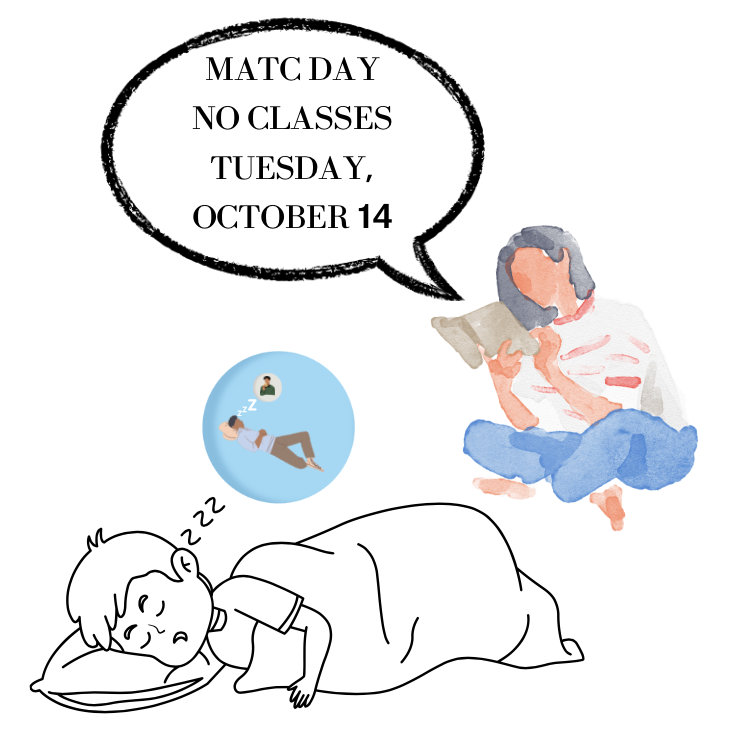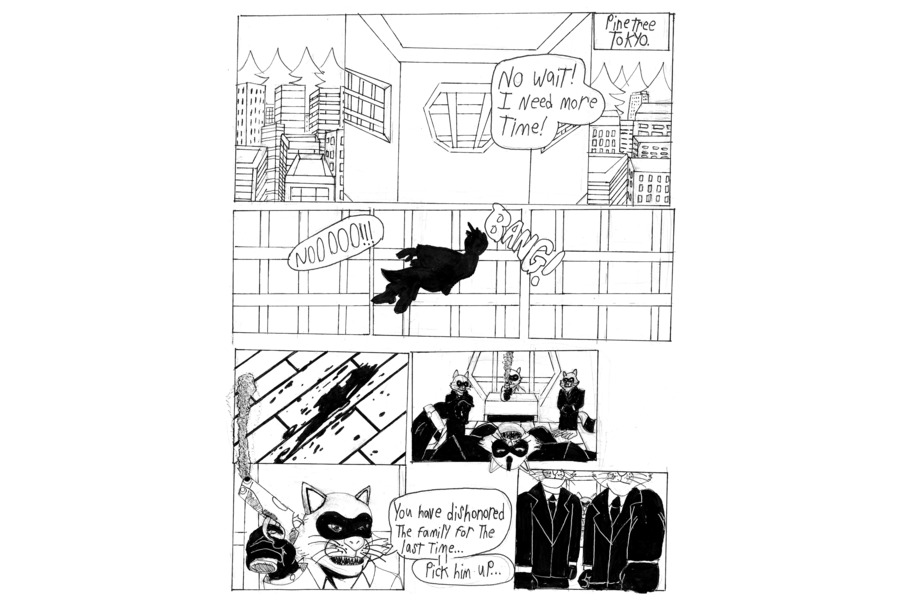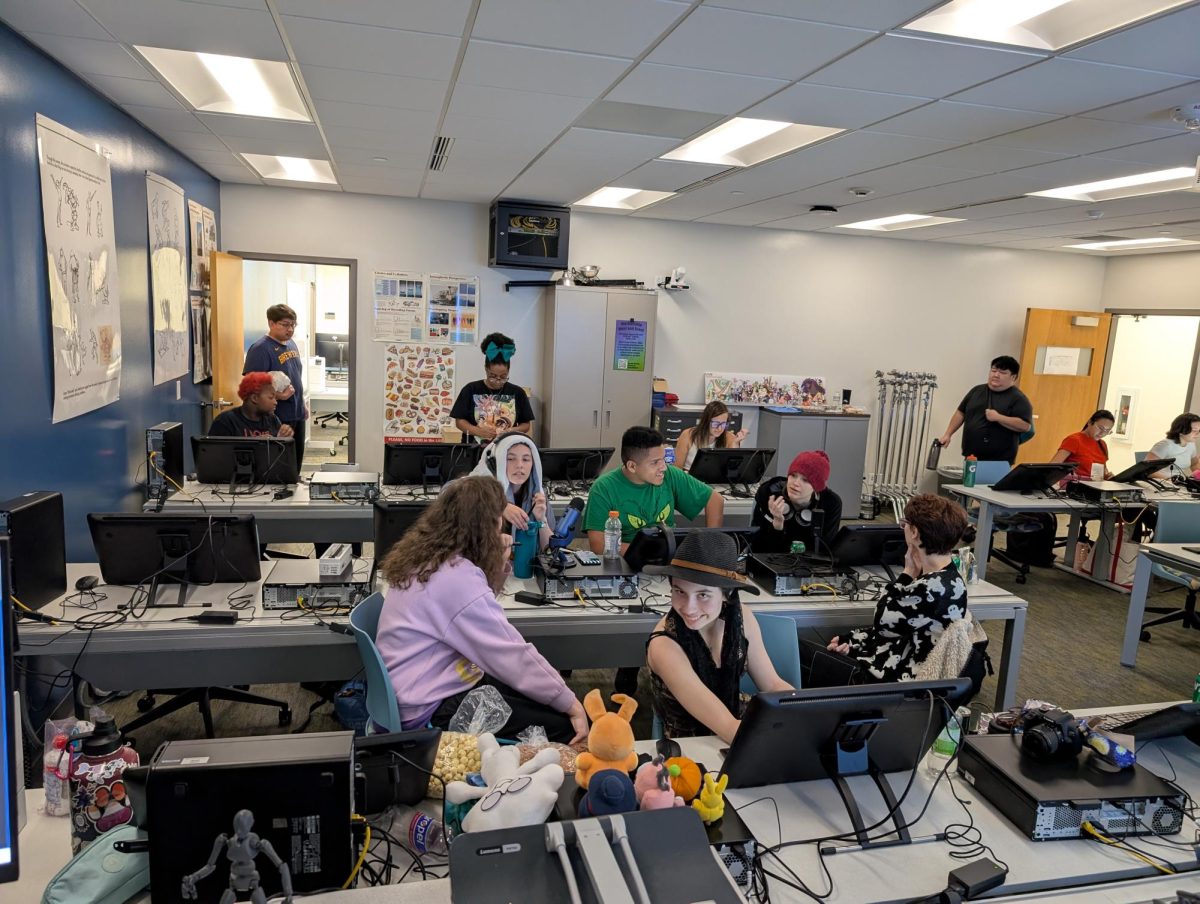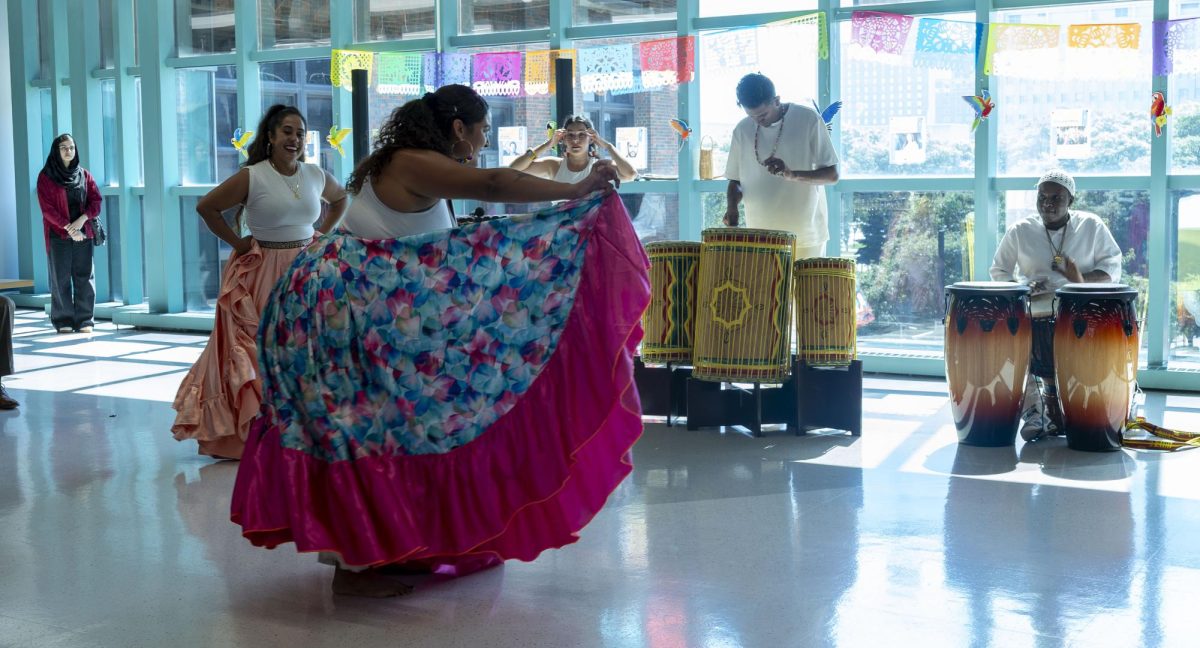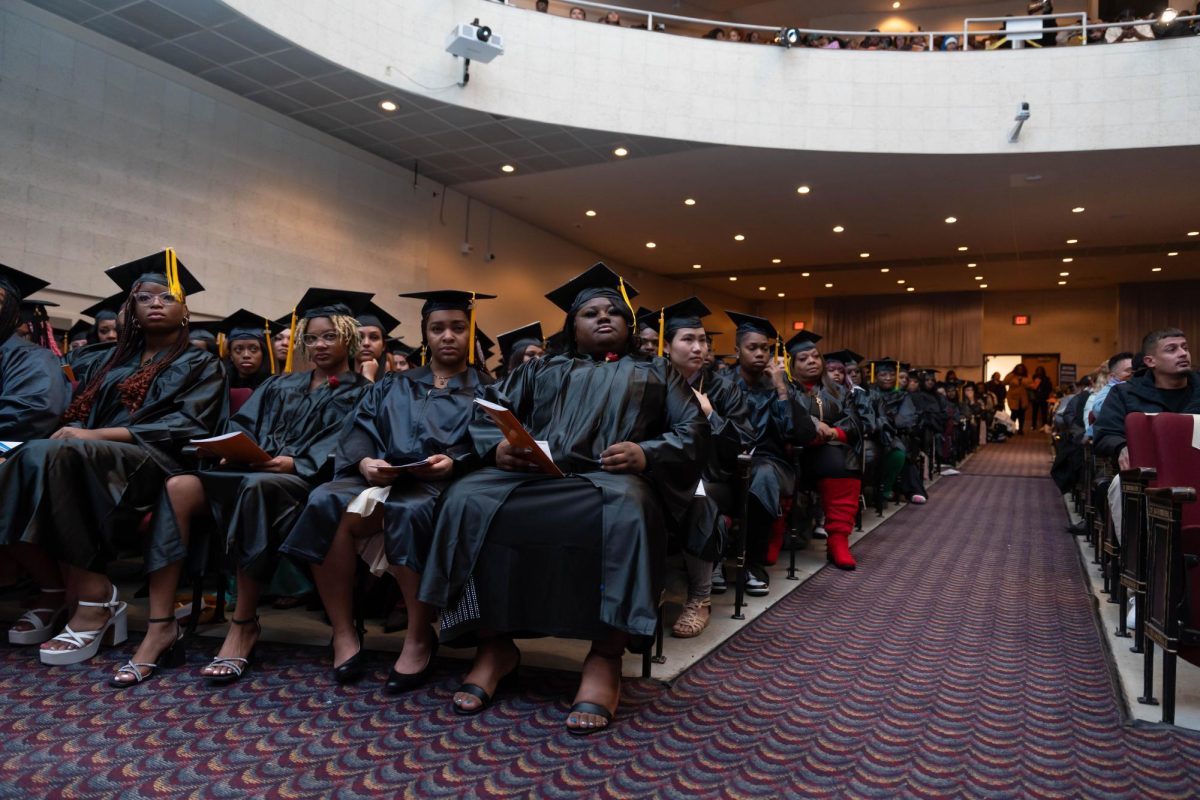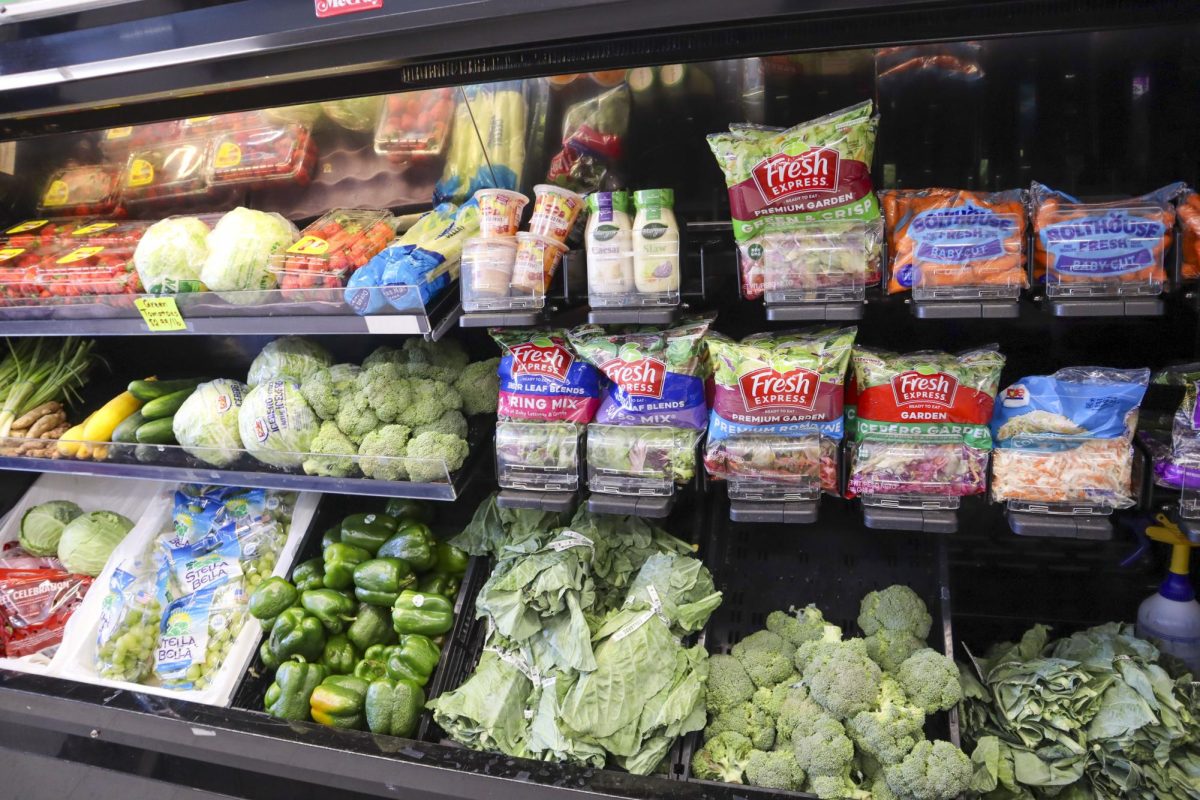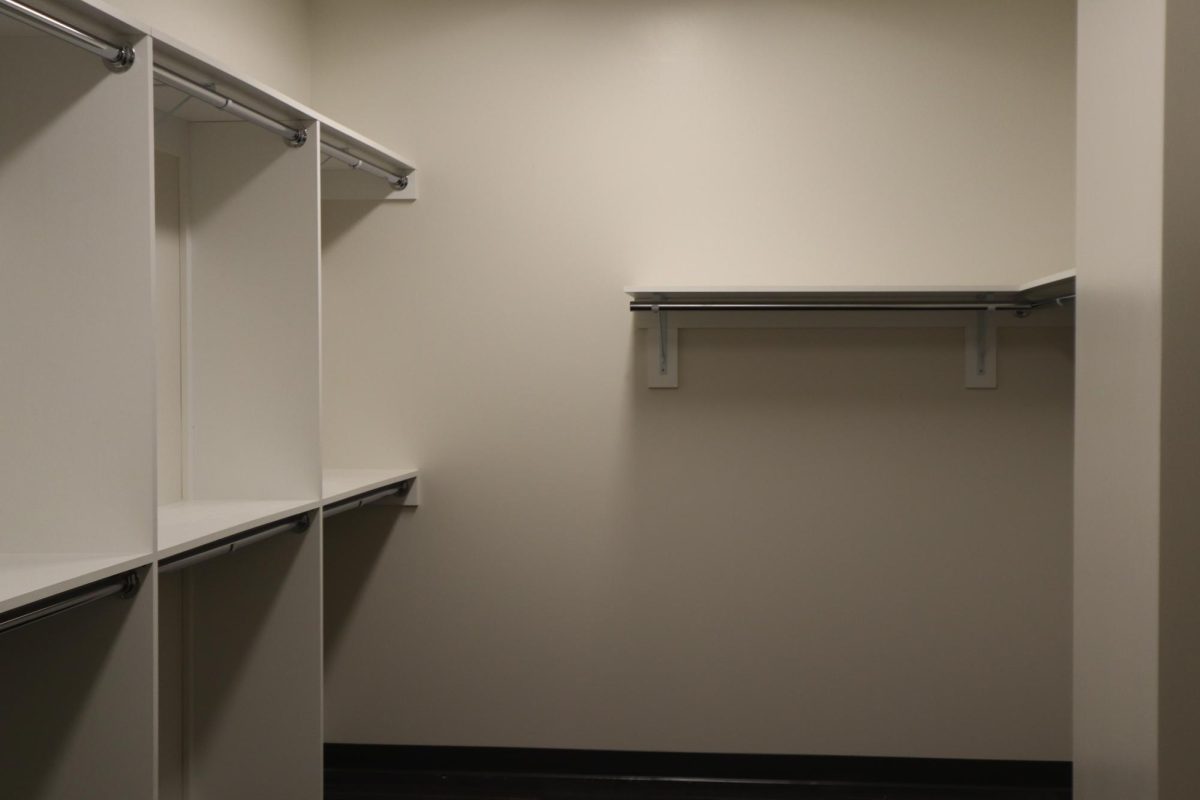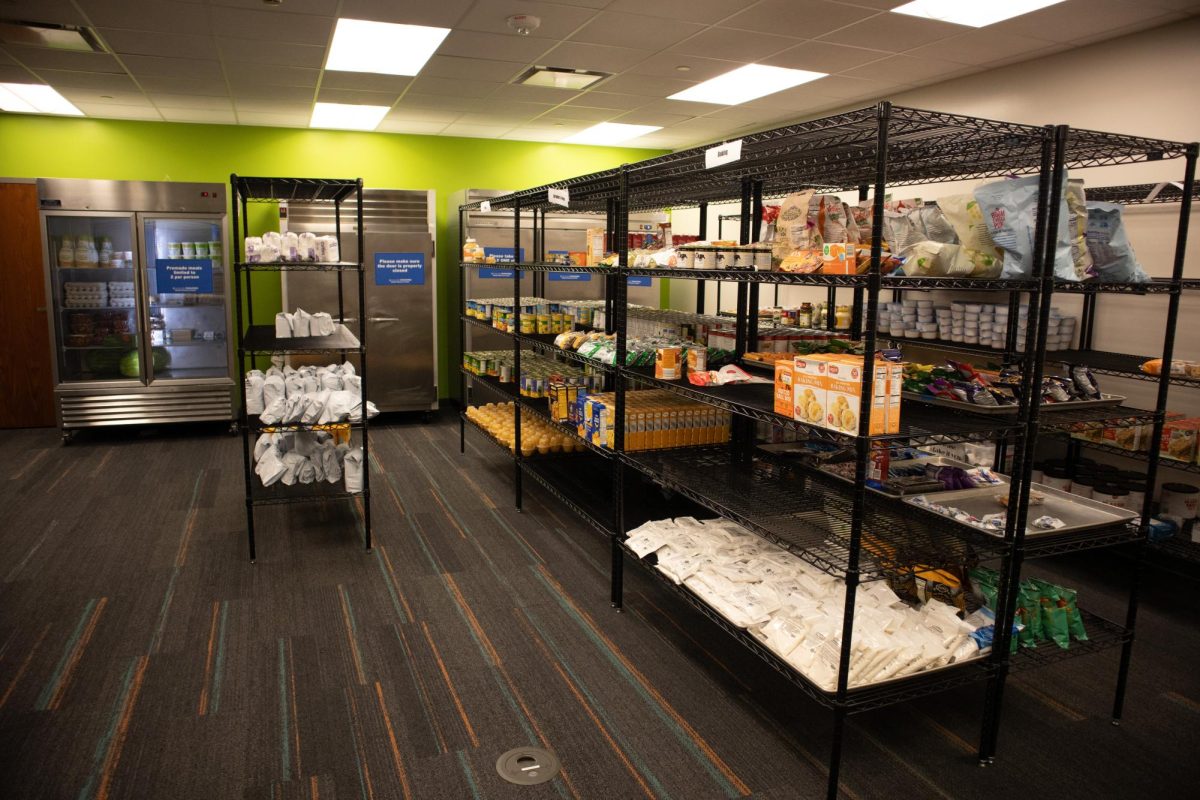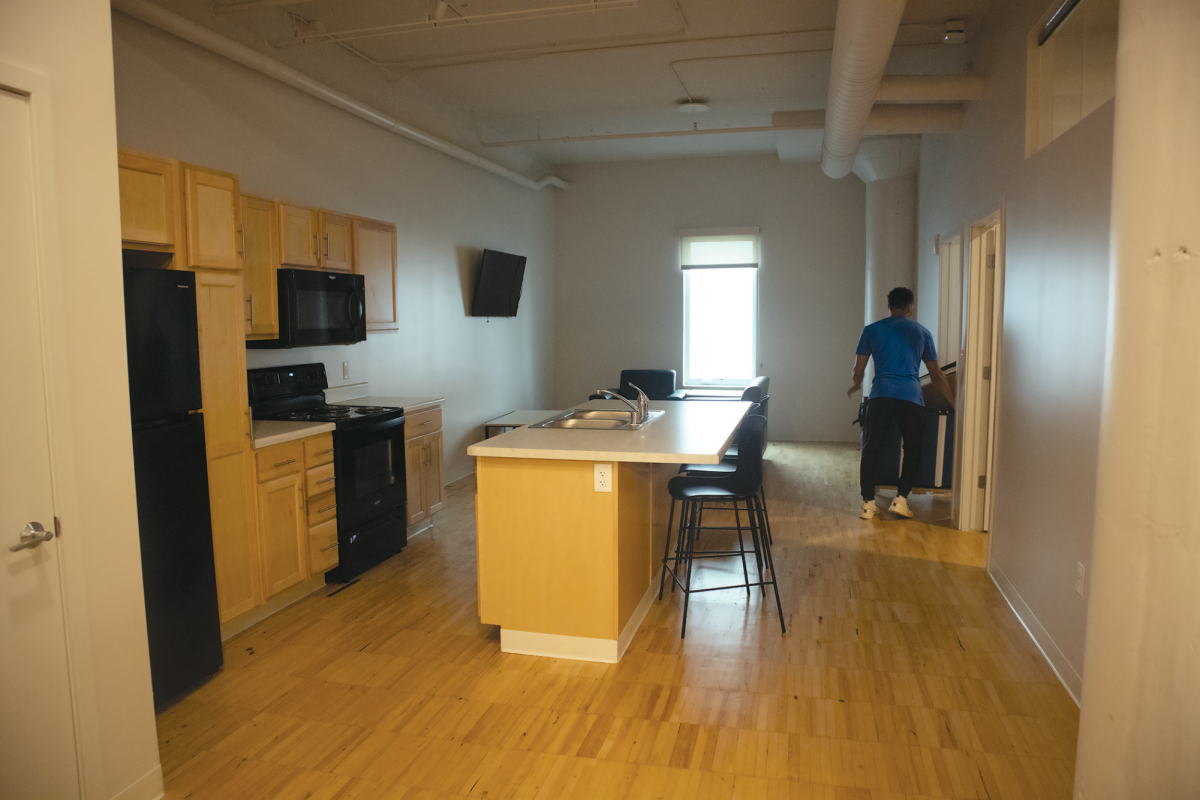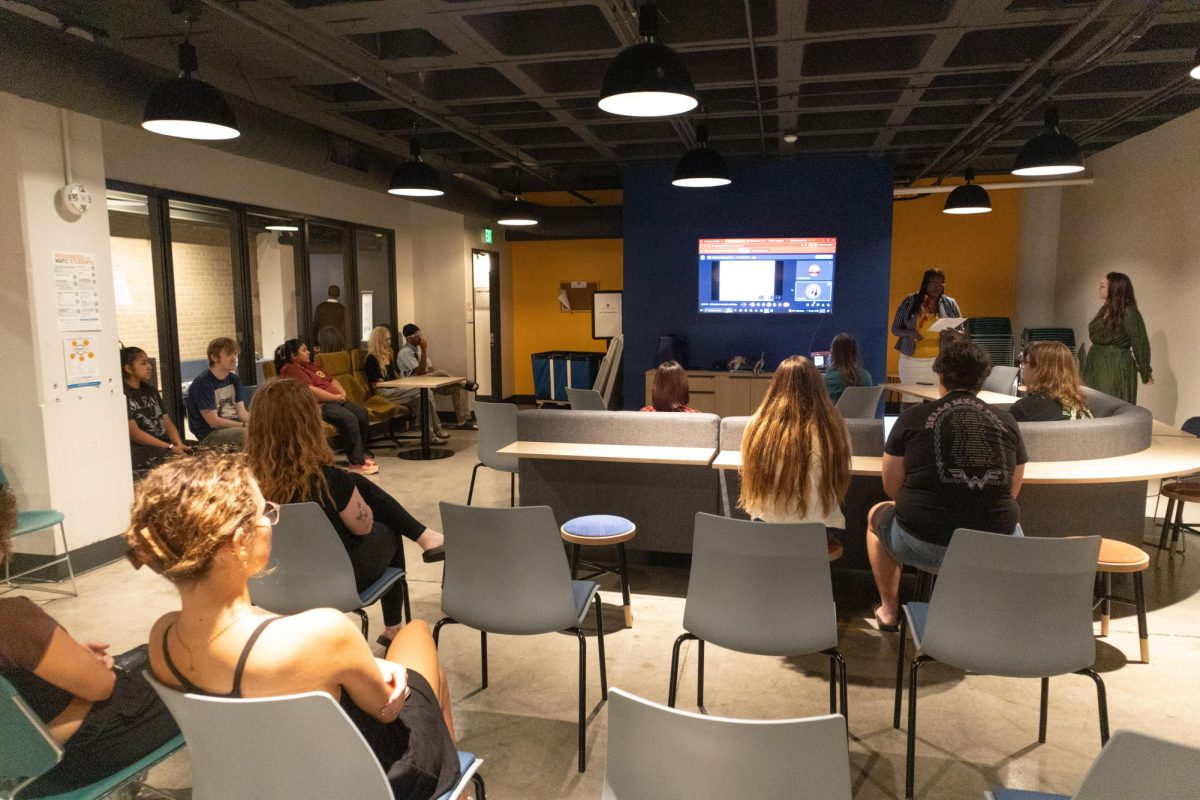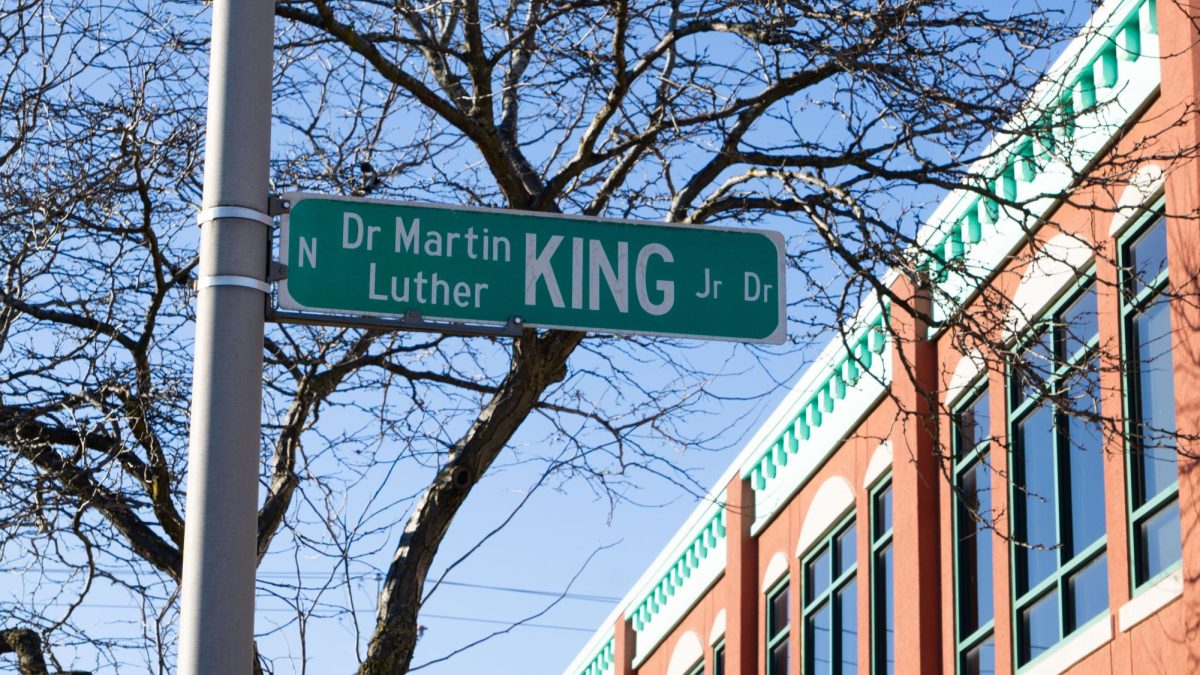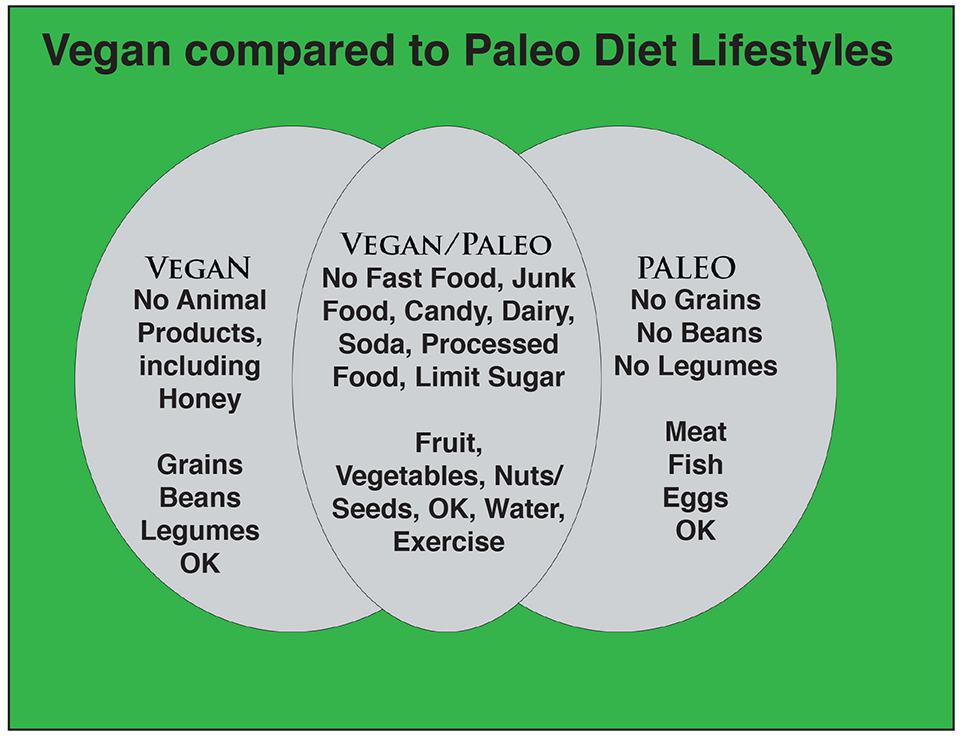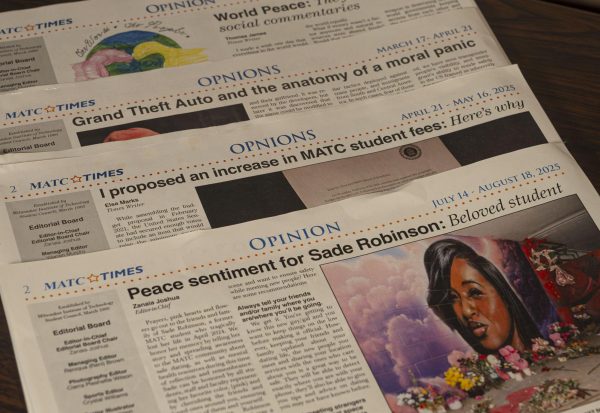The cafeteria: A land of few choices and higher prices
According to Statistic Brain, 21.4% of people (myself included) made an oath at the beginning of this fresh, shiny New Year to better their health. I made goals to get back down to my pre-insulin weight (note to self: yeah, right, good luck with that), and to get fit. Actually, what I said to myself was: “Crossfit looks like fun.” To help reach my goals, in addition to exercise, I’ve been attempting to eat “clean” since about November.
Part of the notion of clean eating is adapting a food lifestyle in the form of Paleo; no wheat, no dairy, no legumes, no starches and nothing processed. You’re balking at me, but honestly, it isn’t that hard to do. What’s difficult is trying not to starve to death on campus.
In addition to being Paleo, I’m also a Type 1 diabetic – which is a fancy way of saying that my pancreas is in my body merely for ornamental purposes. Which makes things really interesting in the school cafeteria.
This is what students see when they walk through the turnstiles: sugar, sugar, sugar, some wheat and some dairy, then more sugar.
Food choices in the cafeteria are limited, not so much in the morning breakfast hours (thank goodness for eggs and sausage) but ridiculously so in the afternoon.
Most of the lunch options are breaded, or housed in bread, or in some form of bread/pasta. This is fine for kids who aren’t limited by celiac disease (or don’t otherwise willfully deny themselves gluten), or have a medical condition that makes their bodies unable to process all the sugar that these carbohydrates convert to.
For those who are lactose intolerant – they might bypass the pizza and grab a fish sandwich, or a few tacos without the cheddar.
A vegan could load up at the salad bar, but most likely they’d have brought their own lunch because, like me the salad bar isn’t dense enough to last you more than 30 minutes; there simply isn’t a meat protein option to sustain the body (protein being metabolized slower than sugar). The packaged salads in the cooler are usually around $5.25 – and every one of them seems to be blanketed in cheese.
Which leads me to my next point. I’ve heard more than one person in the halls or in the classrooms complain about the prices in the cafeteria.
On the days I break my diet (often, and with much shame), I can easily spend $7 on a gelatin cup, some nuts and a cute little carton of chocolate soy milk. If I get a meal of a plate, with something to drink, that total can easily go over $10. Yet a doughnut and a cup of coffee is around $3. How’s that for a clean, healthy option?
It’s also, sometimes, cheaper to buy a packaged snack from the vending machines in the outside hall than to get the same thing in the caf.
Brown bagging it, you might be huffing at me, isn’t that much of an option. Sure, I can avoid this whole problem if I just bring in my own food. However, like most students, I work outside of school. So the pittance of my grocery allowance, after rent and bills, goes toward having something to eat at work or at home.
Now, the food here on campus is not bad, and I understand the skill and work that goes into making all of the items available to the endless hungry hordes passing through. On that same line, though…the 6th Street Café down on the first floor, though their hours are limited, the portions of food are much more for the price than in the cafeteria – and they also have a full espresso bar of Anodyne coffee (major points for this former barista coffee snob).
There is also a weekly International Food shindig up on the sixth floor, which starts on March 20; $5 gets you your choice of at least four sizeable main dishes from anywhere from Africa to Austria. There’s also dessert, for a couple of dollars more. And this is legit world food, made by current MATC students.
Again, I make no qualms against the quality of the food available to students and faculty in the cafeteria. My only issue is the severe lack of options for people who have diet restrictions or allergies. My two cousins, who swell up like puffer fish if their food is so much breathed upon by the mere suggestion of gluten, would not do well in the school cafeteria.
Recently I visited Cardinal Stritch University, where I plan to transfer. The cafeteria there charges a flat $6 for a buffet, which includes dessert. They do not have a culinary program like MATC does. Which begs the question: If we have an awesome department devoted to the finer arts of cooking and baking, why do we charge $3 for a plain hot dog or $4 for a couple of chicken tenders?
I ask: Is it feasible for more of our food to be made on campus? The sixth floor has impressive kitchens devoted to the culinary program, as well as the kitchen behind the cafeteria, and the kitchens on the first floor. Couldn’t the school save costs by cutting out the items that don’t really need to be brought in?
A school with this kind of culinary program should be on the forefront of fine food, or at least a more expansive food menu for students. Because, let’s be honest here, there are far too many of us living at the lower fringes of society. We can’t afford to pay $10, two to three times a day, a few times a week, to eat. And we shouldn’t have to feel guilty for throwing out our dietary lifestyle because there just isn’t enough open to us to eat.




